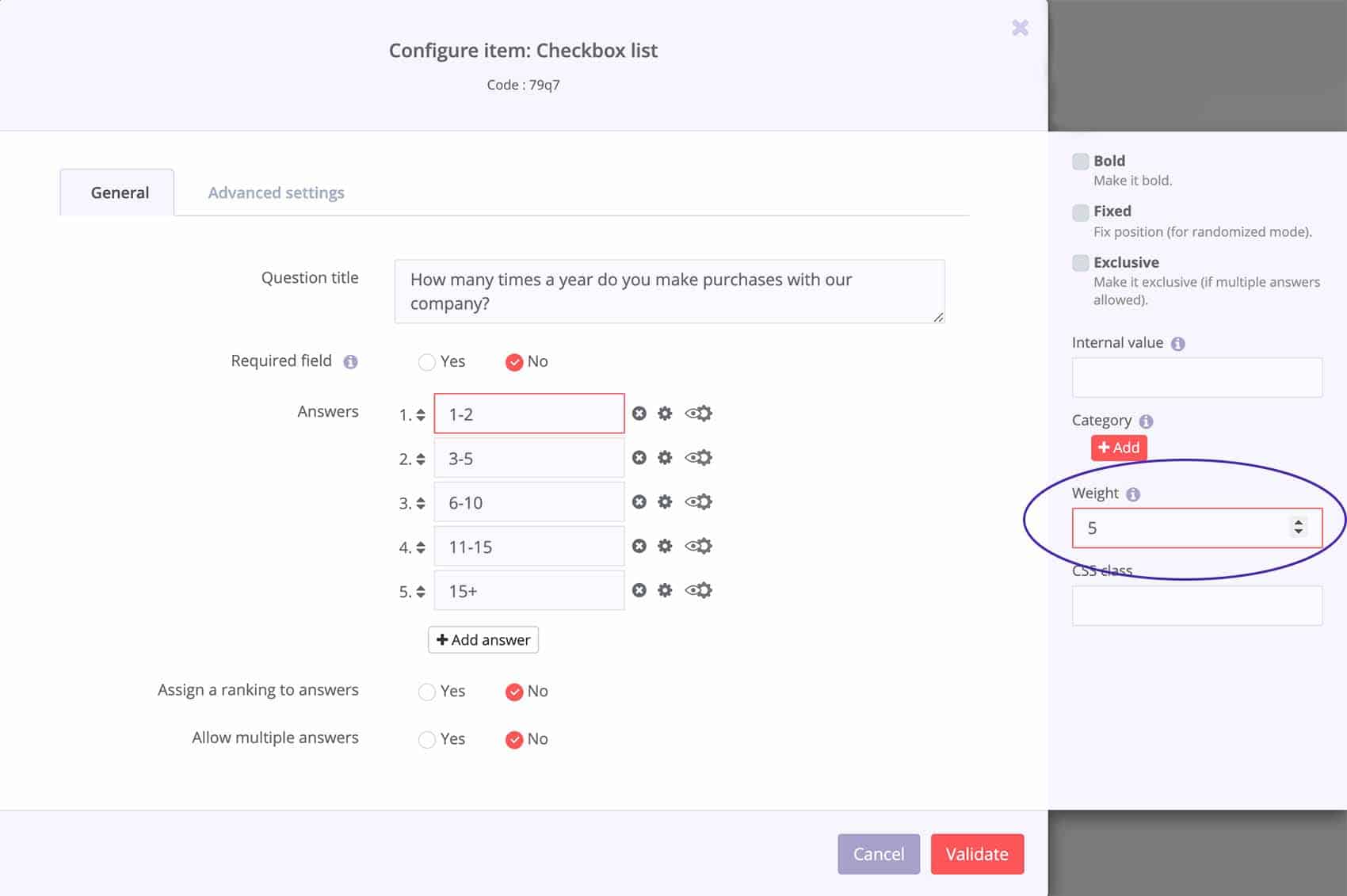Scale questions are among the most frequently used in surveys. They aim to capture a respondent’s opinion or feeling by presenting them with a series of options. Not only are they less time-consuming for the respondent, but they are also easy to analyse. For quality customer insights or satisfaction measurement though, you need to know...
Scale questions are among the most frequently used in surveys. They aim to capture a respondent’s opinion or feeling by presenting them with a series of options. Not only are they less time-consuming for the respondent, but they are also easy to analyse.
For quality customer insights or satisfaction measurement though, you need to know how to properly ask a scale question. Read on to find out more!
When Should Scale Questions be Used?
Scale units vary and are generally used to measure factors, such as:
- Acceptability (Not at all acceptable – Completely acceptable)
- Agreement (Strongly disagree – Strongly agree)
- Concern (Not at all concerned – Very concerned)
- Awareness (Not at all aware – Very aware)
- Frequency (Never – Always)
- Importance (Not at all important – Very important)
- Likelihood (Very unlikely – Very likely)
- Quality (Poor – Excellent)
- Satisfaction (Not at all satisfied – Very satisfied)
Anatomy of a Good Scale Question
What components should you pay particular attention to, to ensure that your scale question meets your objectives?
How many options should you include in your scale?
We have observed that our clients, in 85% of cases, provide 5 options (2 negative, 1 neutral and 2 positive).

Discover our tips for using Likert scales effectively in your surveys
With the exception of the neutral answer, which we will discuss later, we also recommend this number. 3 answers is a bit simplistic, whereas 7 answers requires more effort and thought on behalf of the respondent, often with little added value.
Should you add numbers to your scale?
Text labels are often used, but numerical values are also generally added to make the text easier to understand and to facilitate reporting. For example, for a 5-option scale, with labels ranging from very bad, bad, fair, good, very good, the value “5” would be attributed to the most positive label (very good) and the value “1” to the most negative (very bad). These values can help in reports and analyses to calculate scores, such as CSAT, associated with your text labels.

How to write your answer scales?
A good scale question is easy to understand, clearly differentiates between the various options and is easy to interpret. We therefore recommend choosing a scale with values that are always the same, for two reasons:
- Scale questions that vary very little and that are consistent, are less confusing for respondents. This will save them time!
- You get consistent data over time. You can easily measure trends week by week, month by month, and year by year with surveys.
How to balance your scale?
The scale of your question also needs to be balanced. Meaning that you should provide as many negative choices as positive ones. Here is an example:

In the left example, the scale only includes one “not satisfied” answer, and two “satisfied” ones. On the right side, there is the same scale, that has been rebalanced.
You’ll notice that in this example, there is a neutral choice in 3rd place, between the two extreme options. You don’t always have to provide the respondent with a neutral choice. This is entirely up to you, depending on your objectives.
Should you Include a Neutral Option in a Scale Question?
When writing your scale question, you need to decide whether or not a neutral option is worthwhile to your survey.
- Those in favour believe that including a neutral option allows to collect clean data without forcing the respondent to answer on the positive or negative end of the scale. In some cases, respondents simply don’t have an opinion.
- Those who prefer scales without a neutral option believe that scales requiring a positive or negative choice help make more informed decisions after the survey.
It is important to note that studies with our clients have shown that when there is no neutral option, the respondent is more likely to be nice, and to therefore answer on the positive end of the scale.
It is therefore up to you to decide if you want to be as close to reality as possible, even if it means collecting non-committal answers, or if you want easy-to-interpret results, even if there is a slight bias in the choices.
Writing scale questions may seem trivial, but there are certain rules to follow in order to obtain quality results.
We have lots of other survey-writing tips to help you improve the quality and quantity of your customer responses. You can find them all in our guide, “How to Write the Perfect Customer Survey”.












